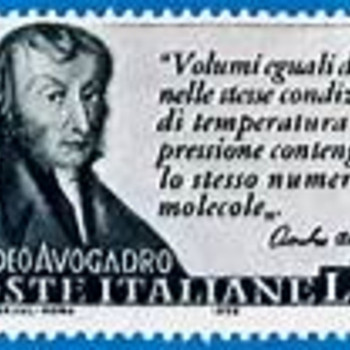You have the stoichiometric equation.....
#CS_2(l) + 3O_2(g) rarr CO_2(g) + 2SO_2(g)#
#"Moles of carbon disulfide"=(11.0*g)/(76.14*g*mol^-1)=0.144*mol#.
And so we get #0.144*mol# of #CO_2(g)#, and #0.288*mol# #SO_2#. And we assume ideality, and standard units of pressure, #P=(811*mm*Hg)/(760*mm*Hg*atm^-1)=1.16*atm#.
#V=(nRT)/P=...........#
#V=(0.432*molxx0.0821*(L*atm)/(K*mol)xx301*K)/(1.16*atm)#
The key to answering this question is the knowledge that #1*atm# of pressure will support a column of mercury that is #760*mm# high. You must simply know this because mercury columns are becoming increasingly rare in a chemical laboratory (why? because of safety concerns, and it is VERY difficult to clean up mercury spills). You do not use a mercury column to measure pressure OVER one atmosphere, and whoever set this question should be told this. Check out this old answer....

